Most NHL players have their eye on the cup ... of coffee
| Published: 04-04-2019 10:18 PM |
Tom Wilson was roughly 14 years old when he noticed a peculiar habit in hockey. From NHL players often arriving to rinks with cups of coffee in hand to the pot that was brewed fresh every morning at his gym, Wilson wondered what he was missing. Even Canada’s most famous coffee chain was started by legendary Toronto Maple Leafs defenseman Tim Horton.
“It’s the best legal performance-enhancer you can take — caffeine,” his trainer told him, and so Wilson’s own addiction began, in part to get that little bit of an edge and in part to fit in with the big league idols he hoped to join one day. More than a decade later, the Washington Capitals forward still takes his coffee black, one in the morning and another in the afternoon and maybe one more closer to puck drop.
“I think you’ll find most guys drink it,” Wilson said, scanning the Capitals’ locker room as he spoke. “I think there’s maybe two or three in here who don’t.”
Over the course of the NHL’s long 82-game season with late nights and early mornings in cold rinks, hot cups of coffee can be a lifeline. It can help lift the fog from a pregame nap or provide that extra jolt before taking the ice. The preferences vary, from a stop at Starbucks to crafting a cup from grounds flown in from Europe to more sophisticated brewing methods. It plays a significant part in most players’ everyday routine, with some drinking as many as five cups a day.
“In our sport, maybe it’s a little more old-school,” Wilson said. “You still want to go have your coffee. We have a caffeine pill that I can take that’s going to do the same thing, but I just love the coffee.”
Greg Smith was the head athletic trainer for the Capitals and Anaheim Ducks for more than two decades, and he said when he first started, “everybody drank coffee, and you didn’t have a choice, and it was the crappy, black, out-of-the-sewer coffee.”
Coffee was considered a cure-all for everything from headaches to body soreness, and long before players stretched to warm up for a game, they would just sip on the hot fluid. This generation of players isn’t quite that extreme, turning to coffee more as an energy source and way to focus.
The quality of the coffee has vastly improved, too.
Article continues after...
Yesterday's Most Read Articles
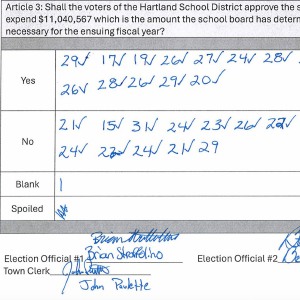 Hartland voters successfully petition for school budget revote
Hartland voters successfully petition for school budget revote
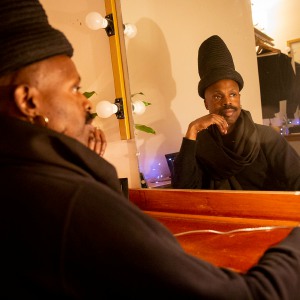 JAG Productions announces closure, citing ‘crisis facing the arts’
JAG Productions announces closure, citing ‘crisis facing the arts’
 Hanover’s Perreard may soon capture the attention of collegiate coaches in two athletic pursuits
Hanover’s Perreard may soon capture the attention of collegiate coaches in two athletic pursuits
Consider New Jersey Devils defenseman Connor Carrick a connoisseur of gourmet java. For many players, the coffee compulsion dates back to their time in the minors, when Canadian major junior or American Hockey League teams might play three games in as many nights, with long bus rides in between. The caffeine kick becomes a necessity, although Carrick went too far at first.
“I realized I was pretty caffeine-sensitive, and I was like, ‘OK, I might have a heartache in warm-ups,’ ” he said.
Back when Carrick still played for the Hershey Bears, Washington’s AHL affiliate, the team had a Keurig in the locker room, and he discovered the local Bed Bath & Beyond sold Tim Hortons K-Cup pods, a revelation for the team since players believed they were exclusive to Canada.
His tastes eventually became more refined, spurned on by “bean fiends” on the Toronto Maple Leafs’ training staff who traveled with pour-over apparatuses, used in a more advanced manual coffee making process. Carrick now uses a Chemex coffee maker when he’s home, grinding beans fresh before every brew. For Christmas, he was gifted Goat Story’s GINA Smart Coffee Instrument, which enables three different brewing methods — pour over, immersion and cold drip.
“Everyone’s always skeptical, like, ‘C’mon man, it’s a cup of joe; what’s the big deal?’ ” Carrick said. “And then I’ll bring them one or something. (Former teammate) Matt Martin was kind of giving me some crap, and I brought him some and we had coffee in the hot tub one time. He was like, ‘This stuff is the real deal; where’d you get it?’ I go, ‘I made it at home.’ ”
Carrick keeps a list of top coffee shops in NHL cities on his phone, but the Devils travel with a small Nespresso, a single-serve machine that brews both coffee and espresso. A self-described “cold-brew guy,” New Jersey goaltender Cory Schneider lobbied the organization to invest in a large coffee station for Prudential Center, “like one of those you might find at a car dealership, where it’s got six buttons and it’s got the big screen and everything where it shoots the coffee out,” he explained.
His campaigning paid off three years ago, and it’s even a stop on tours through the locker room now. Schneider still gets blamed when it malfunctions, and a technician has to fly in every two months from Ottawa for its scheduled maintenance.
“Probably for some, it’s like a cigarette or something, just like an oral fixation where you’ve gotta do something,” Schneider said. “For me, it’s almost like a habit, where I just sip at it and by the time I get to the rink, it’s done. I know some guys who do espresso shots during the game or before the game, just a quicker intake than drinking a full cup of coffee.”
Schneider recalled former Vancouver teammates Henrik and Daniel Sedin drinking four to five cups day. “It was like automatic for them — sit around in the lounge and talk and shoot the breeze and sip a cup of coffee,” he said.
Tampa Bay Lightning defenseman Victor Hedman — who, like the Sedin twins, hails from Ornskoldsvik, Sweden — said he had to dial back his intake from roughly five cups a day, though he still brings grounds from his hometown with him before every season. “Fika” is a crucial part of everyday Swedish culture, a social coffee break with baked goods.
Asked about his love of java, Carolina Hurricanes forward Sebastian Aho also blamed his roots.
“First of all, I’m a Finn, and Finland is a really big coffee country,” he began. “I think every Finn drinks it, expect Turbo (teammate Teuvo Teravainen). Turbo might be the only Finn who doesn’t drink coffee.”
Before a 12:30 p.m. puck drop against the Nashville Predators in January, Aho felt exhausted, so while he usually starts his day with just a half a cup of coffee, “I knew I needed a couple extra ones to get myself going.” He recorded a hat trick, the first of his career, and then credited the coffee.
How much did he have exactly?
“Probably five cups,” he admitted.
Smith said recent health studies have found benefits to drinking coffee, but like with most substances, too much can be a bad thing, especially since it’s a mild diuretic.
Capitals goaltender Braden Holtby figures it’s healthier than an energy drink, and carrying a cup of Starbucks as he arrives to every game has become as much of an accessory as the hats he often sports. He sticks to Starbucks because it’s consistent across locations, so he’s not risking an adverse reaction hours before puck drop.
As a general rule, Smith trusted players to know what kind of caffeine consumption worked best for them.
“If you drink too much coffee, you get too jittery,” Smith said. “For the guys who couldn’t handle it, you couldn’t drink it because you can’t play. You can’t handle the puck; you’d get the shakes.”
Wilson’s trainer always instructed him to stay away from sugar and cream and just drink it black. He doesn’t consider himself as nitpicky as some other players. When the Capitals switched from a drip coffee machine to a Keurig because it involved easier cleaning and maintenance for the training staff, at least one member of the locker room revolted over the change to his routine.
“Jason Chimera was like, ‘I’m not drinking this (stuff),’ ” Wilson chuckled. “When it went from the fine grounds to K-Cups, he was (ticked).”

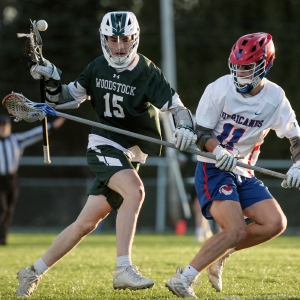 Woodstock boys lax defense steps up, holds off Hartford
Woodstock boys lax defense steps up, holds off Hartford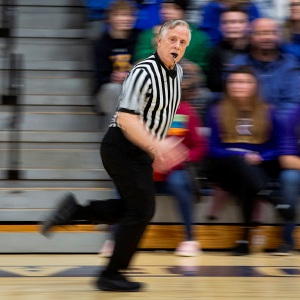 Pick a sport and Pete DePalo’s has probably officiated it over the past 40-plus years
Pick a sport and Pete DePalo’s has probably officiated it over the past 40-plus years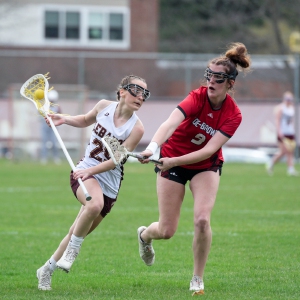 Lebanon girls lacrosse prevails over Coe-Brown
Lebanon girls lacrosse prevails over Coe-Brown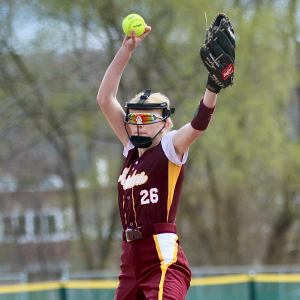 Local roundup: Lebanon softball sweeps wins from Souhegan, Stark
Local roundup: Lebanon softball sweeps wins from Souhegan, Stark
